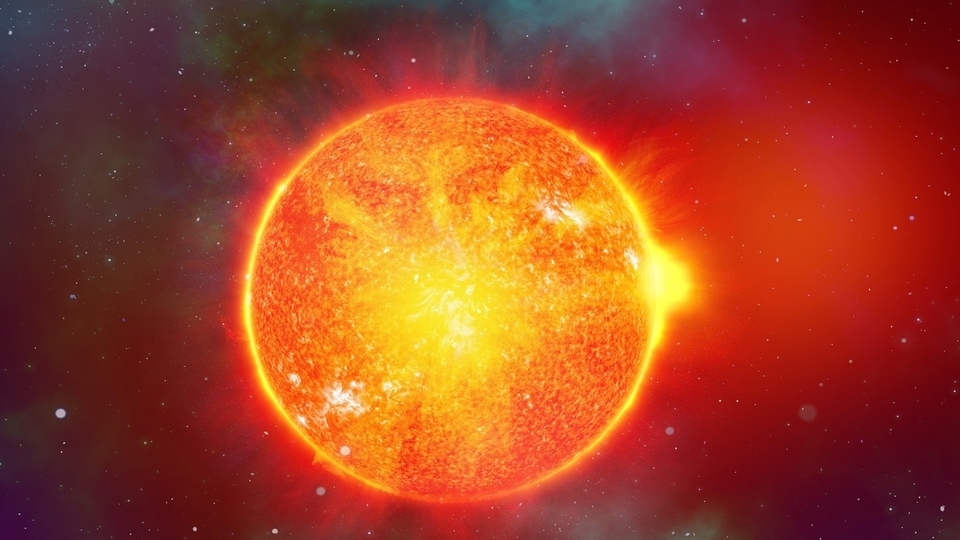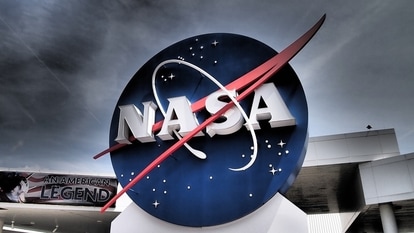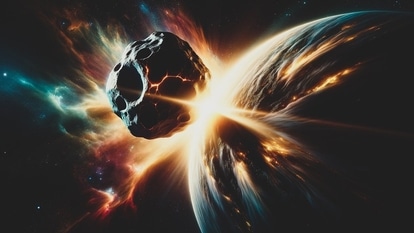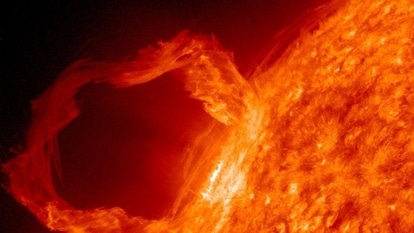Dangerous solar storm can destroy phones, even iPhone 14, check stunning TRUTH here
A powerful and dangerous strong solar storm on Earth can have stunning consequences for mobile phone users and even the amazing iPhone 14 is not safe.






 View all Images
View all ImagesThe Sun and its magnetized plasma that it ejects at unimaginable speeds are still being studied. There is a lot we do not know about these particles we call coronal mass ejections or CME. We do know that they are extremely dangerous and destructive in nature to us. We do not know how they are formed or what causes their randomness. When these CME particles are shot out by the Sun, this solar storm hits the upper atmosphere of the Earth, the magnetosphere, and it sparks a geomagnetic storm. This storm happens when the Earth's magnetic field experiences a sudden and intense electrical and magnetic charge. On one hand, it is capable of producing the beautiful aurora lights, but on the other hand it can wreak havoc and bring carnage to the Earth. From destroying satellites, Internet to rendering even a tech marvel like the iPhone 14 useless, nothing is beyond its grasp. Read on to know the dangers of a solar storm.
Solar storms can affect even smartphones
A popular misconception is that solar storms cannot affect Earthbound things and only satellites are at a risk. Satellites are indeed at the highest danger from these solar storms and we saw its evidence in February when 40 Starlink satellites were struck down by a solar storm. However, it is not the only man-made object at risk.
We only need to go as far as 1859 to know how even instruments on Earth can be affected. During the famous Carrington event solar storm, telegraph machines were seen to be short-circuiting, causing visible sparks, starting fires and working without even being plugged in. This happened because the electric and magnetic fields from the solar storm were so strong, it permeated to the lowest layers of the atmosphere.
Today, we do not use telegraphs to send messages to one another. Smartphones have replaced these gigantic machines with microprocessors and advanced technology. But they have only become more susceptible to the dangers of solar storms. And even the expensive flagships like iPhone 14 are not safe.
The solar storms directly attack the wireless communication system and satellites. We have seen GPS disruptions and radio blackouts during even minor storms. A particularly strong solar storm can take out mobile networks leaving smartphones without coverage. The iPhone 14, which has satellite connectivity for emergency purposes when the Earth-bound mobile network is not available will suffer a double whammy as satellite connectivity is also disrupted during such storms. Not just that, a powerful solar storm can even destroy the internet as it can affect the undersea cables connectors as per research by Sangeetha Jyothi Abdu of the University of California, Irvine.
But that is not the worst that can happen. A few years ago, the computer inside a woman's pacemaker got corrupted during a flight as a solar storm struck the Earth. This happened as the powerful electromagnetic waves interfered with the processor in the heart pacemaker.
We have been very lucky to not see an intense solar storm even in the last 50 years, when the majority of tech advancement took place. But this also means that most of our technology has not been tested to withstand the wrath of the Sun next time a really powerful solar storm comes around.
Catch all the Latest Tech News, Mobile News, Laptop News, Gaming news, Wearables News , How To News, also keep up with us on Whatsapp channel,Twitter, Facebook, Google News, and Instagram. For our latest videos, subscribe to our YouTube channel.
































